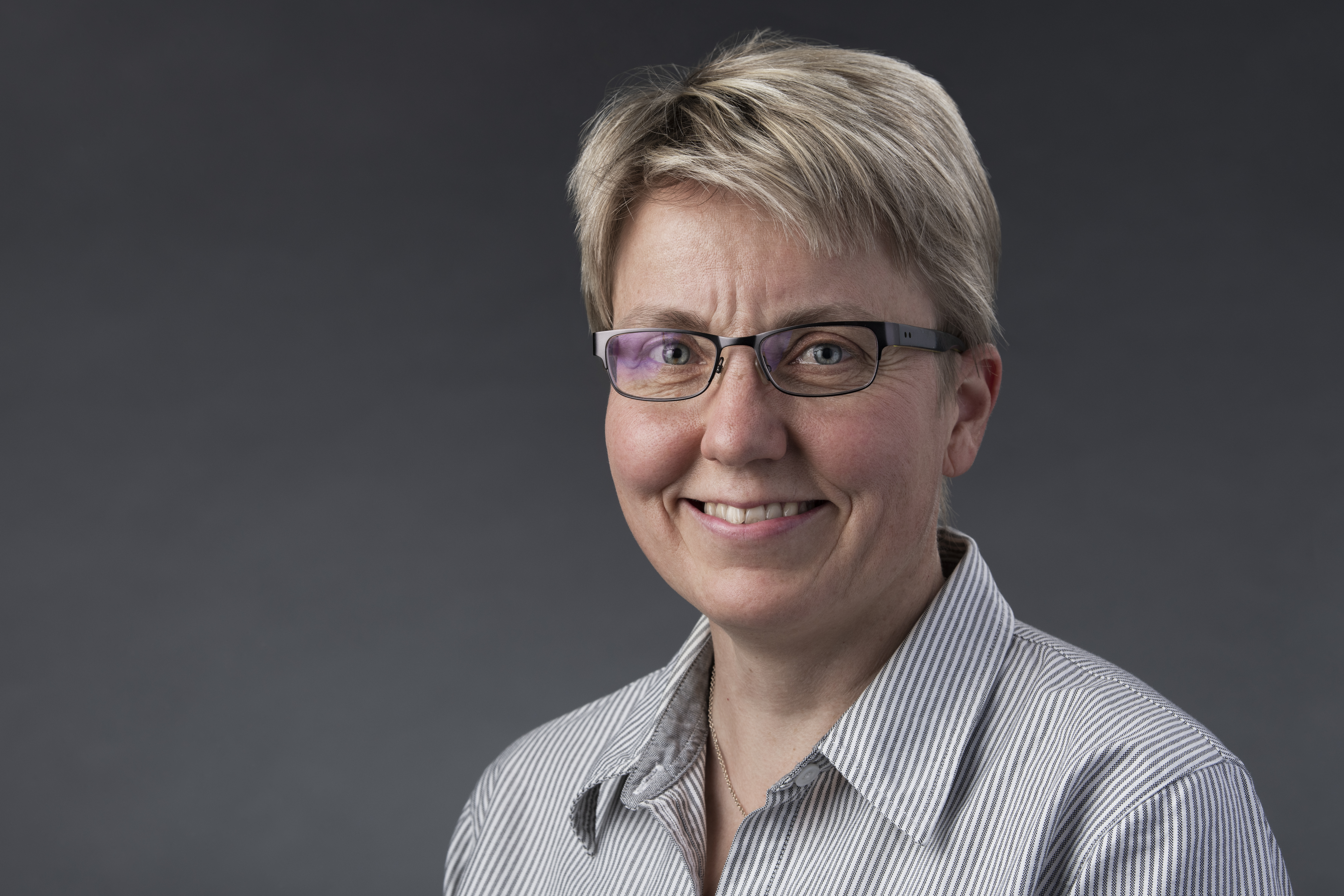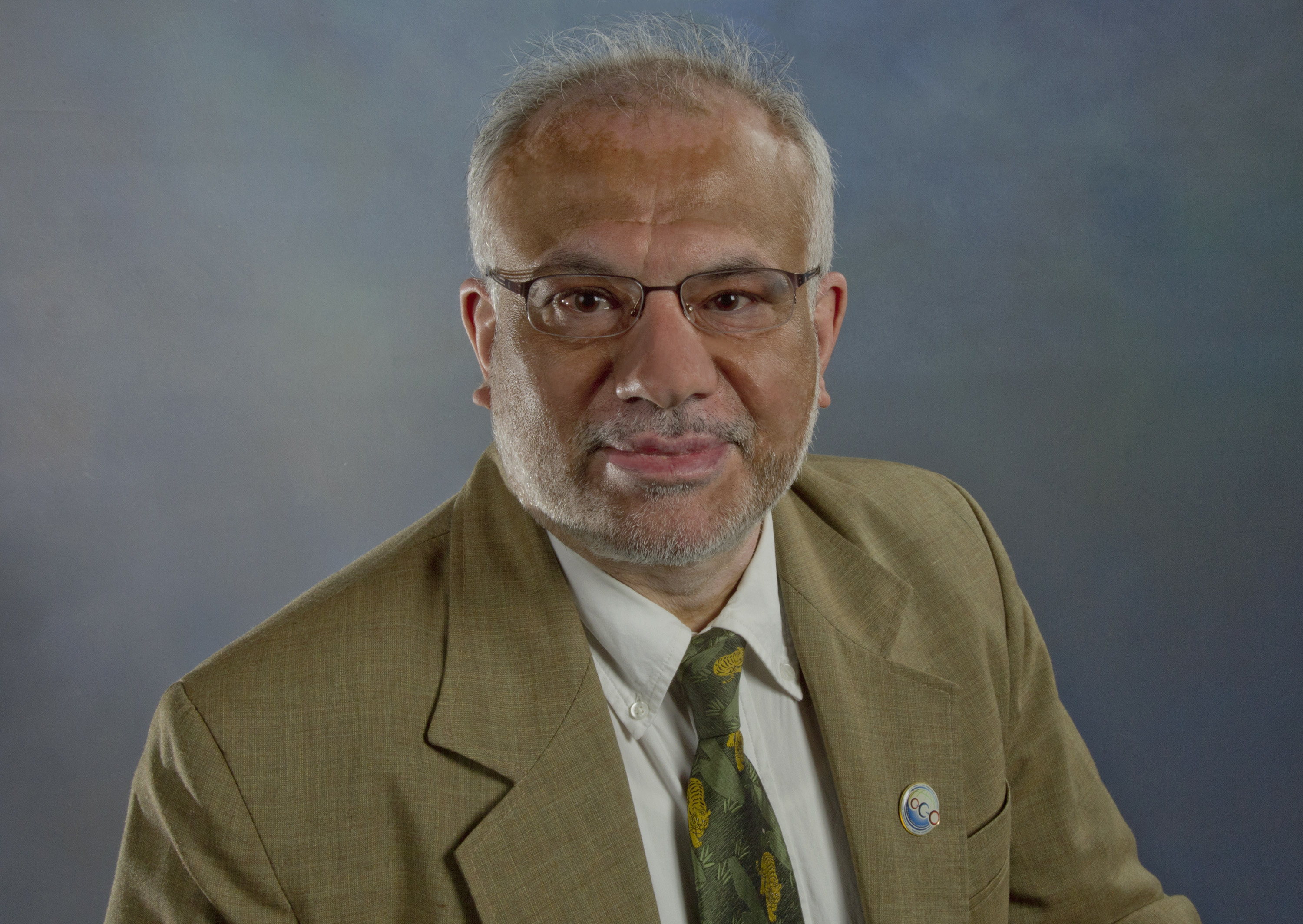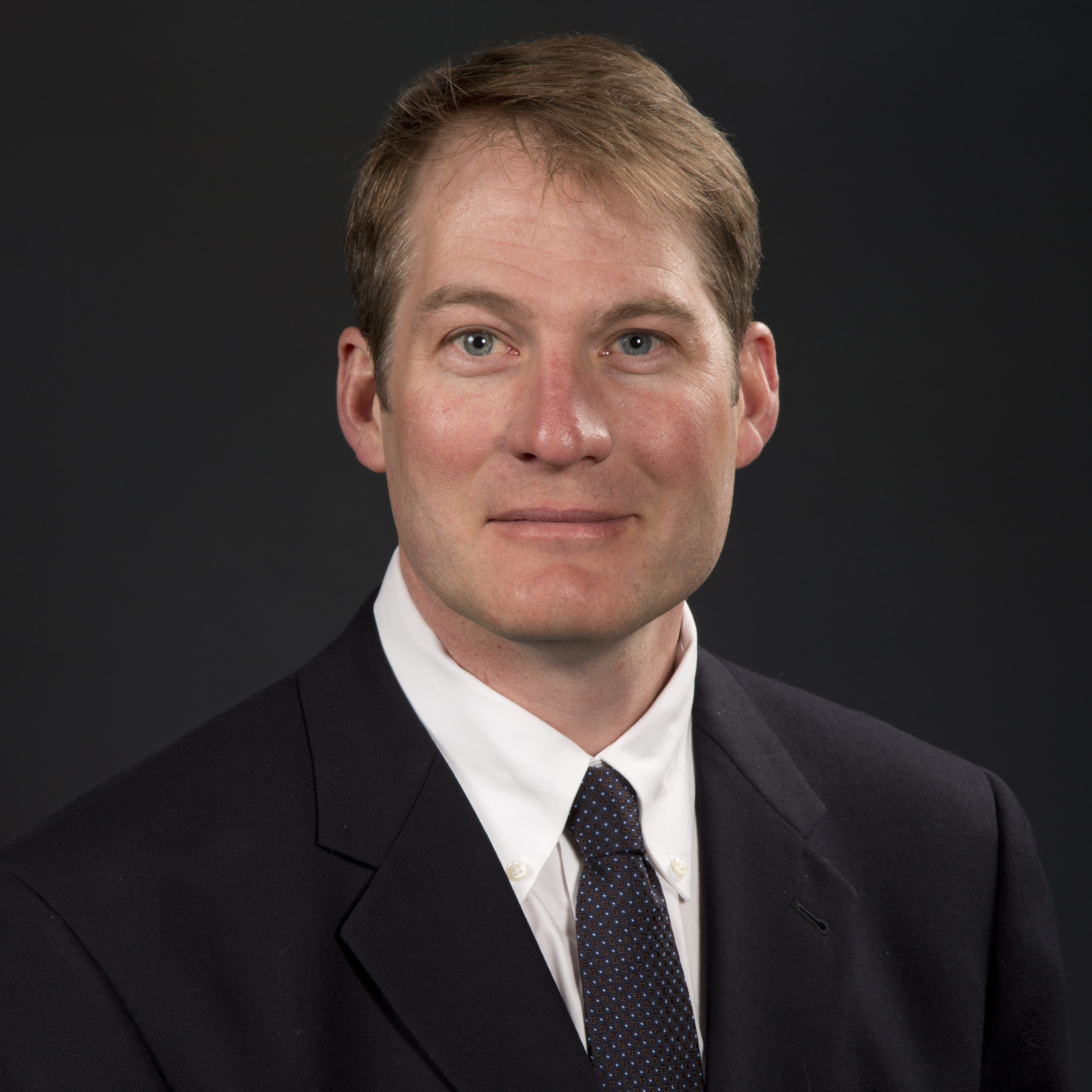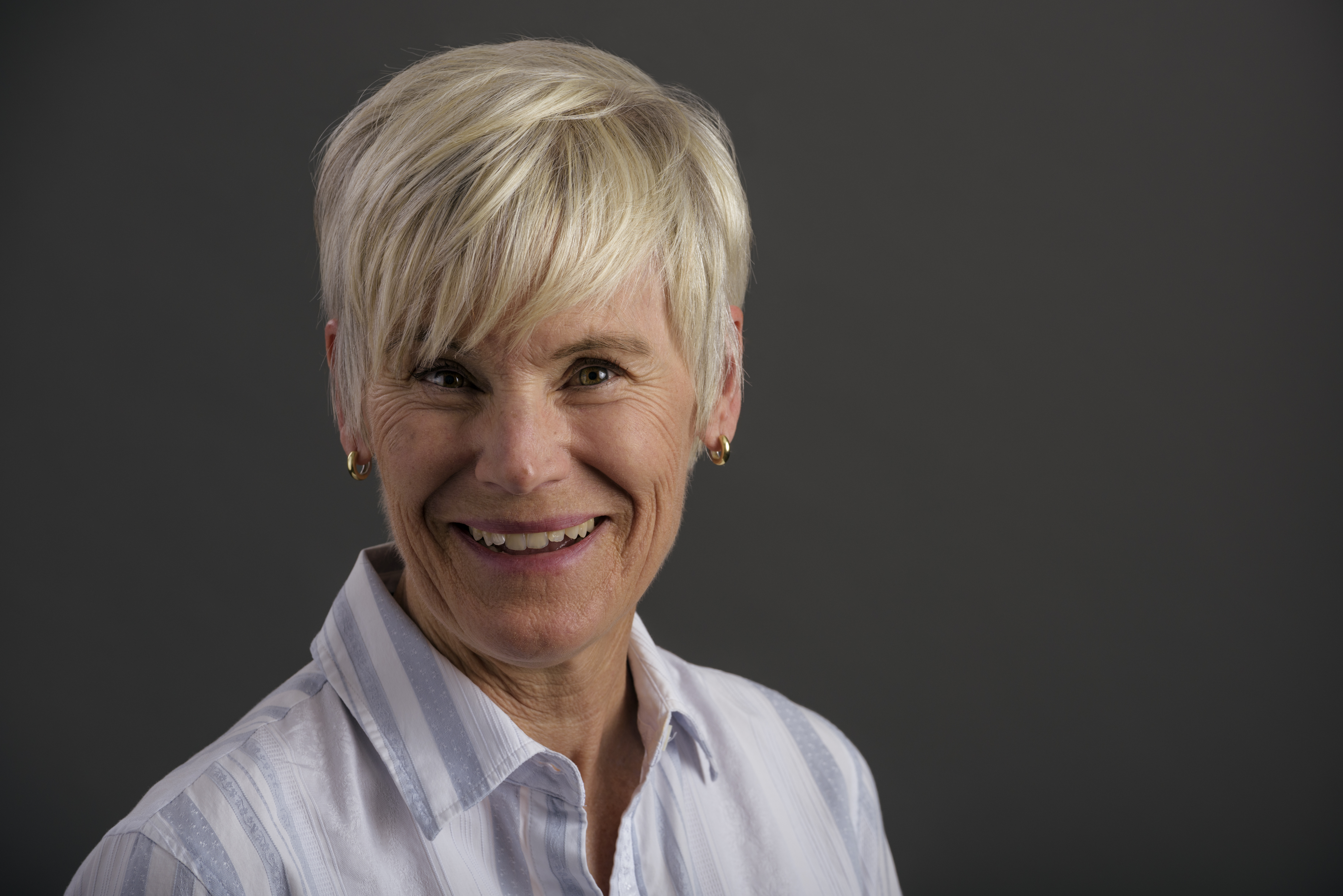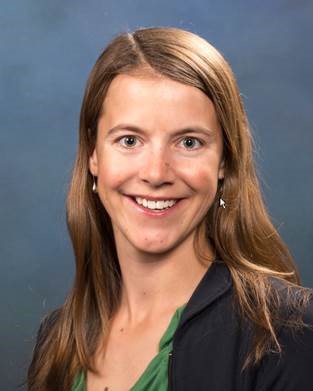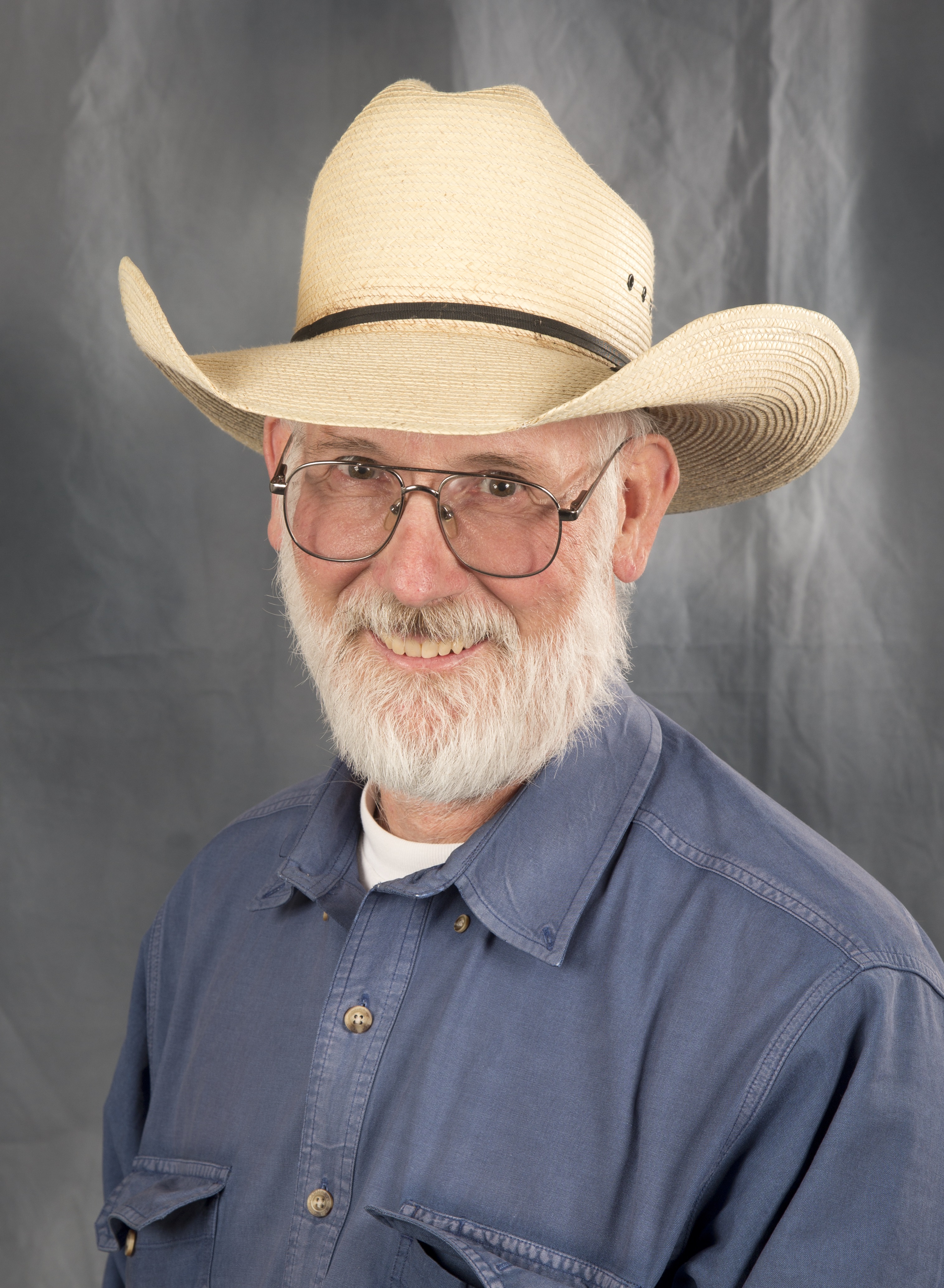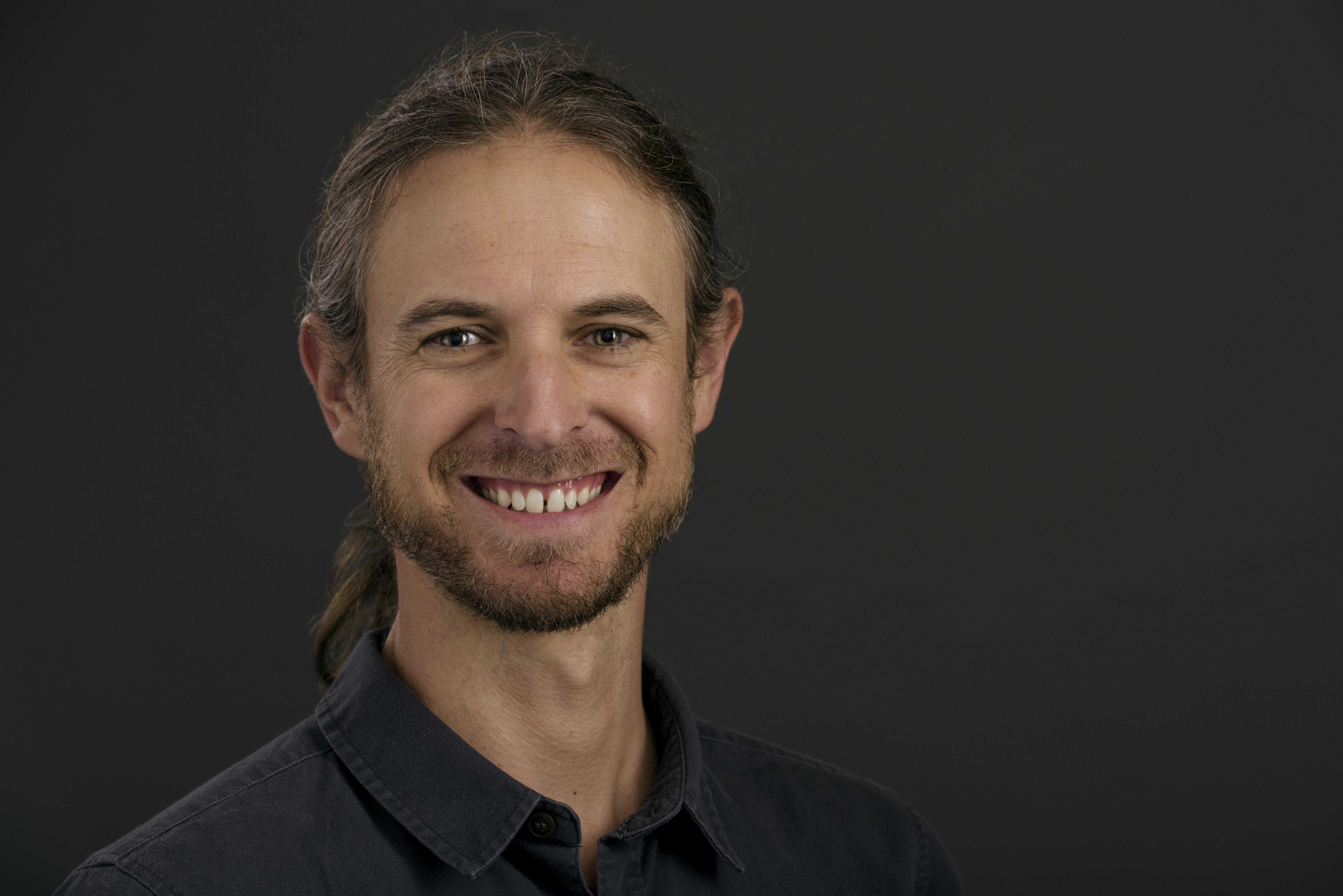Atmosphere, Climate, and Ecosystem Science
Contact Us
- Team Leader
- Sanna Sevanto
- (505) 664-0232
- Administrator
- Ivy Martinez
- (505) 665-1419
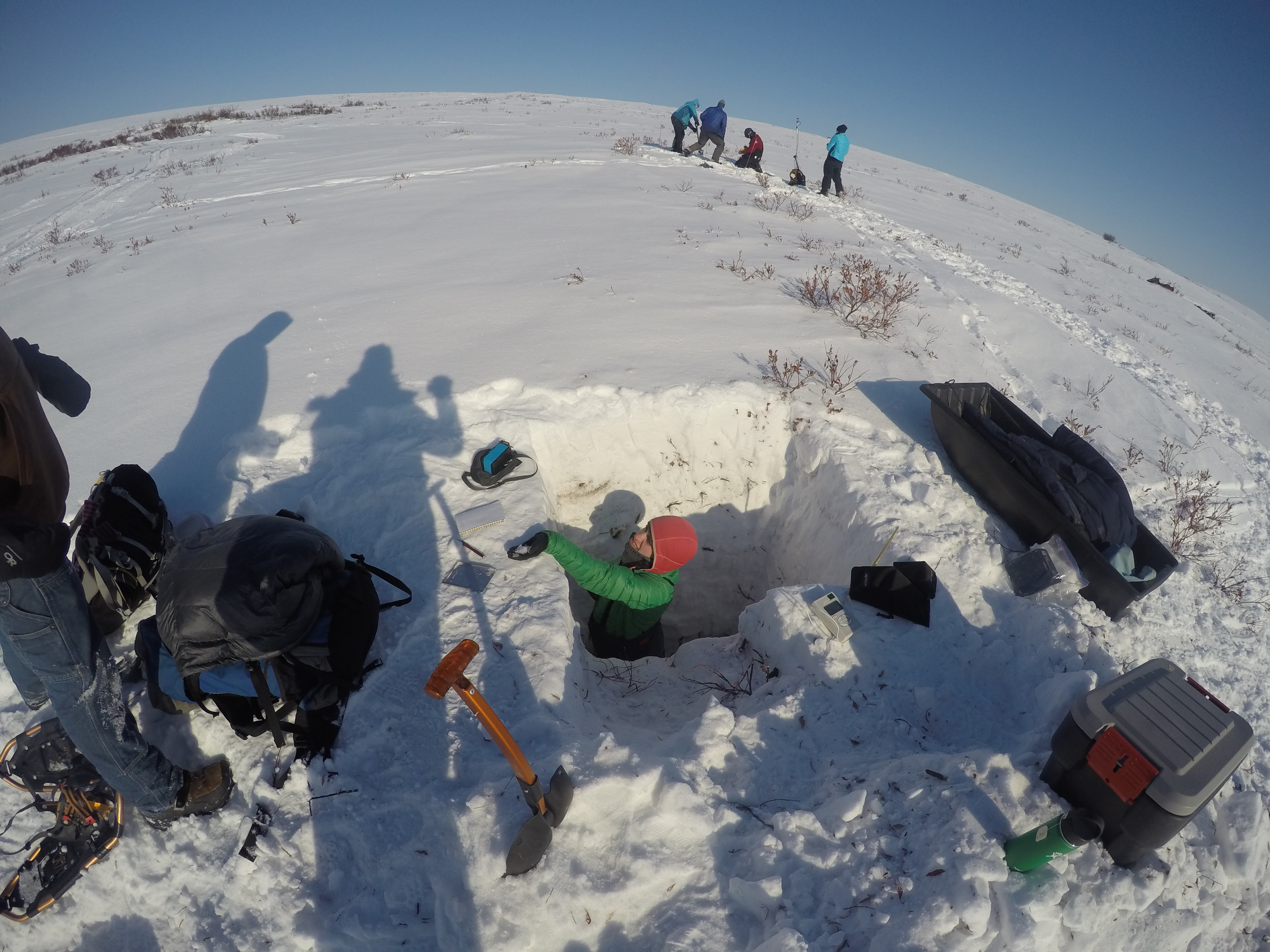
ACES team members sample snow pits to understand climate-ecosystem-permafrost feedbacks as part of the Energy Department’s NGEE Arctic project.
The Atmosphere, Climate, and Ecosystem Science (ACES) Team
We develop and apply experimental techniques and numerical models to a range of atmospheric and ecosystem phenomena affecting climate and environmental changes.
Capabilities include:
- Wildfire-atmosphere interactions: Studying and modeling the impact of fire emissions and aerosol-cloud-precipitation interactions on climate.
- Integrating terrestrial and atmospheric measurements, mechanistic understanding and numerical simulation to improve prediction of regional and global climate change impacts.
- Using field observations and modeling to quantify the response of ecosystems to climate variability, including increasing frequency and magnitude of droughts, and climate feedbacks through the release of stored carbon.
- Development and testing of model components and coupled models to understand hydro-thermo-mechanical processes and their interaction with biogeochemistry, vegetation dynamics and energy fluxes.
- Coupled wildfire-atmosphere interactions.
- Improving sensing and attribution of Greenhouse Gas (GHG) emissions across multiple scales.
- Providing accurate knowledge of emissions at multiple spatial and temporal scales for air quality and energy policy.
- Validating satellite GHG observations.
- Regional climate impacts and feedbacks.
- Reducing uncertainty in climate prediction.
- Integrating and analyzing in-situ and remotely-sensed data to accurately represent landscape characterization for model initiation and evaluation.
- Predicting vegetation disturbance affected by drought and temperature fluctuations.
Next Generation Ecosystem Experiment: advancing confidence and predictive abilities of Earth systems models by investigating ecosystem-climate feedbacks. Current projects:
- NGEE Arctic, which seeks to understand the climate-sensitive processes of rapidly evolving landscapes at high-latitudes and carbon stored in permafrost in Alaska. NGEE Co-PI and Los Alamos Lead: Cathy Wilson.
- NGEE Tropics, which aims to fill the critical gaps in knowledge of tropical forest-climate system interactions. Los Alamos Lead: Chonggang Xu.
Mobile Multi-scale Measurements: monitoring and analyzing data from comprehensive field facilities (currently located in Four Corners, New Mexico, and Poker Flats, Alaska), to enhance in-situ knowledge of emissions at multiple spatial and temporal scales. The projects seeks to verify and constrain the carbon sources and sinks at regional scales, and provide indispensable information needed to advance energy policy and climate change research.
Project Lead: Manvendra Dubey.
Terrestrial Ecosystems: determining factors affecting plant performance, stress responses and vegetation changes under climatic stress in order to better predict future vegetation cover and its consequences on carbon and energy budgets. Multiple projects range from ecosystem scale manipulation experiments involving piñon pine-juniper woodland to studies on plant-microbiome interaction and improving the representation of vegetation dynamics within the Department of Energy’s dynamic global vegetation model, the functionally assembled terrestrial simulator (FATES), to refine regional and global climate models.
Project Lead: Sanna Sevanto.
Aerosol and Trace Gas Measurements: performing airborne and ground-based field campaigns to measure aerosols and greenhouse gases, with the goal of elucidating the atmospheric and biogeochemical couplings between anthropogenic and ecosystem processes. State-of-the-art instruments are deployed, and results are used to advance climate model predictions and improve large-scale parameterizations of how these processes affect radiation, clouds and precipitation.
Project Lead: Manvendra Dubey.
Landscape Response: combining data and predictions derived from field observations, remotely-sensed data and numerical models to understand the geohydrological interactions that govern landscape response in the Arctic. Projects utilize satellite imagery, LiDAR, historical documentation and meteorological observations to study geomorphology, terrestrial carbon fluxes, riverbank erosion, wildfire and ground temperature in response to landscape disturbance and erosion by retrogressive thaw slumps.
Project Lead: Joel Rowland.
|
LANL Profile
|
Sanna Sevanto - Team Leader
|
|
|
Allison Aiken - Research Scientist
|
|
|
Manvendra Dubey - Research Scientist
|
| LANL Profile Google Scholar |
Brent Newman - Research Scientist
|
|
|
Joel Rowland - Research Scientist
|
|
|
Chonggang Xu - Research Scientist
|
|
LANL Profile |
Cathy Wilson - Research Scientist
|
|
LANL Profile |
Turin Dickman - Research Technologist
|
|
LANL Profile |
Marvin Gard - Research Technologist
|
|
LANL Profile |
Adam Collins - Research Technologist
|
| LANL Profile Google Scholar |
Rutuja Chitra-Tarak |
| LANL Profile Google Scholar |
Nathan Conroy - Postdoctoral Researcher |
| LANL Profile Google Scholar |
James Lee - Postdoctoral Researcher |
| LANL Profile Google Scholar |
Anastasia Piliouras - Postdoctoral Researcher
|
|
LANL Profile |
Dian Romonosky - Postdoctoral Researcher
|
| LANL Profile Google Scholar |
Jonathan Schwenk - Postdoctoral Researcher
|
| LANL Profile Google Scholar |
Lu Zhai - Postdoctoral Researcher |
| LANL Profile Google Scholar |
Yu Zhang - Postdoctoral Researcher |


